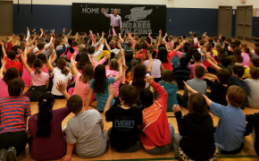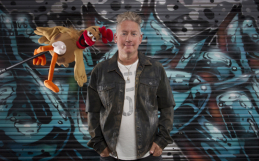
I picked up supply educational assistant jobs at three local school boards. It became evident that some forms of bullying are more common than others.
One of the most pervasive forms of bullying in grades seven and eight is passive-aggressive behaviour. For instance, upon entering a classroom, I would immediately be met with snickers, expressions of surprise, and mocking laughter. This behavior was not limited to interactions with teachers, new students, and educational assistants, but also extended to the playground, where these students would target their peers.
Initially, I was under the impression that this behavior was directed at me due to my unconventional appearance: my spiky hair, age, or prominent nose. This type of bullying is designed to undermine a person’s sense of security and self-esteem. Like me, the victim is immediately led to believe that they are being ridiculed because of some perceived flaw.
The more this happened, the more I realized it was simply a technique used by this age group.
Looking at the perpetrators, I see students who have confidence issues and their defects: being overweight, having acne, and being awkward looking. It’s all about the art of deflecting personal inadequacies onto someone else.
“I won’t be ridiculed for my inadequacies if I make fun of this person.” these students think.
When someone bullies and belittles someone, it reflects the perpetrator’s confidence and gives us insight into their insecurities. Because if you have to put someone down to pull yourself up, you lack confidence and are insecure in your abilities.
So, if you are faced with a room full of students who act this way or agree with the behaviour, you do not have an issue; it is the perpetrator.









